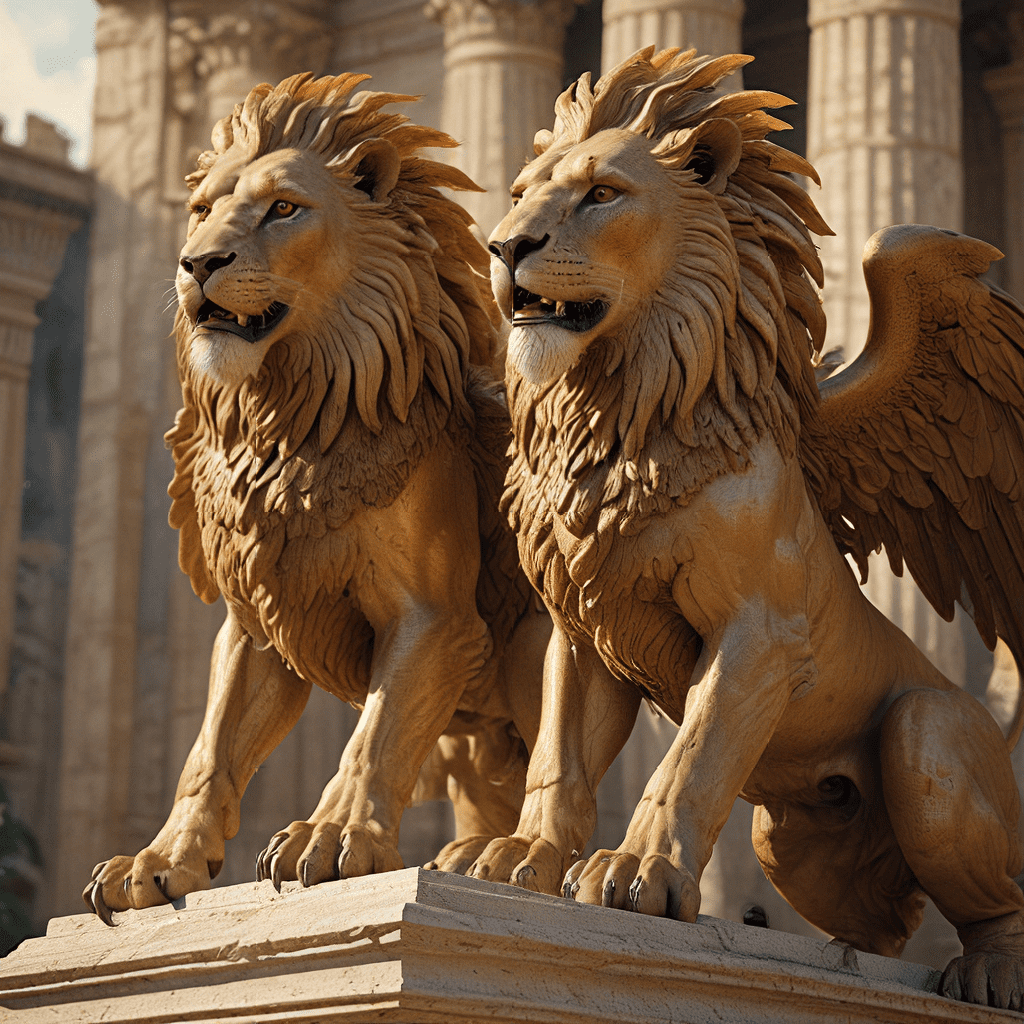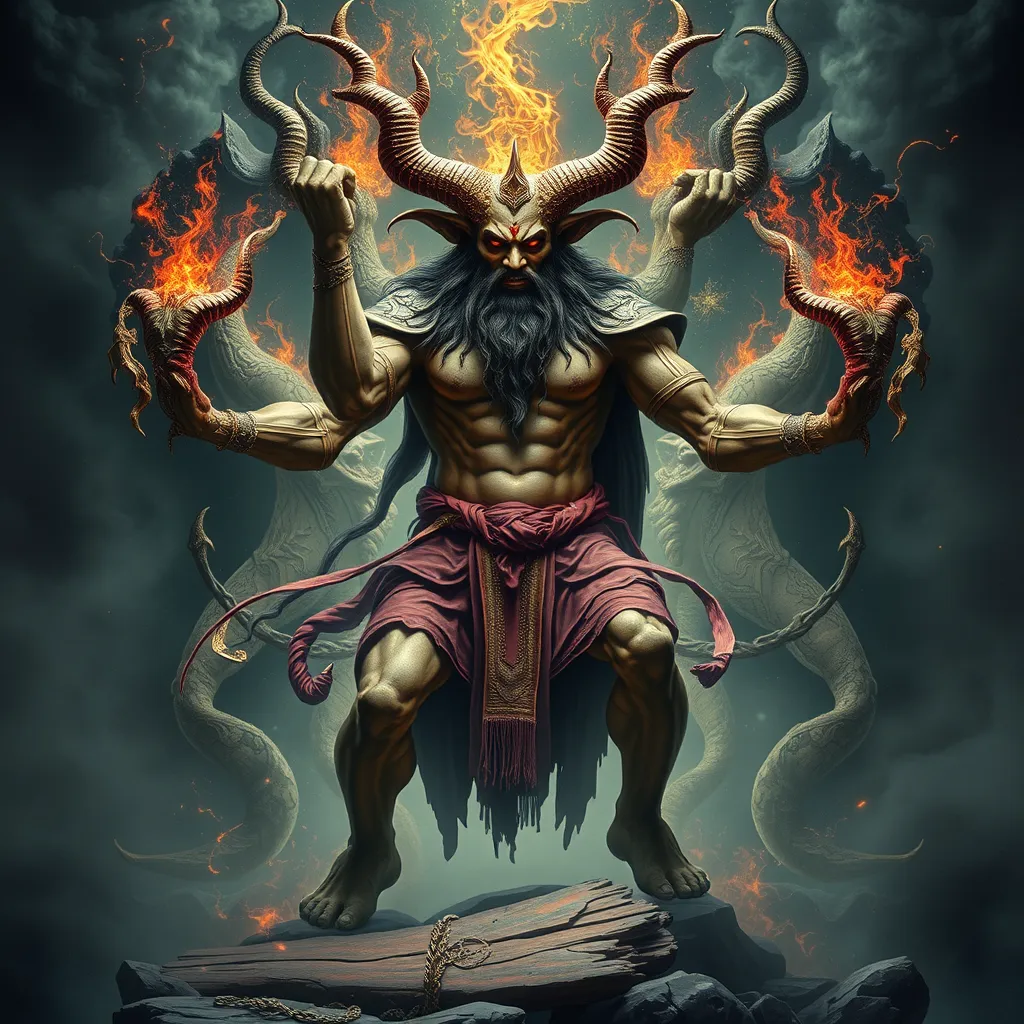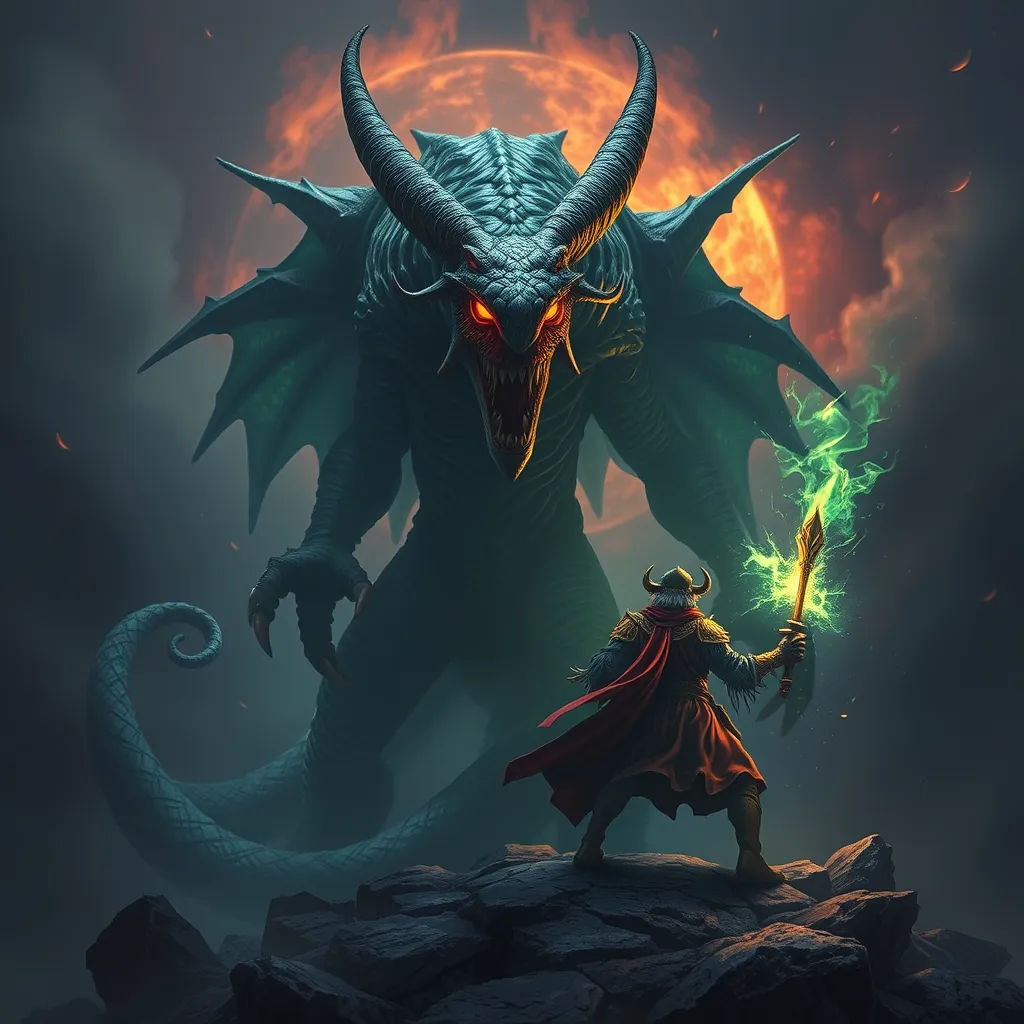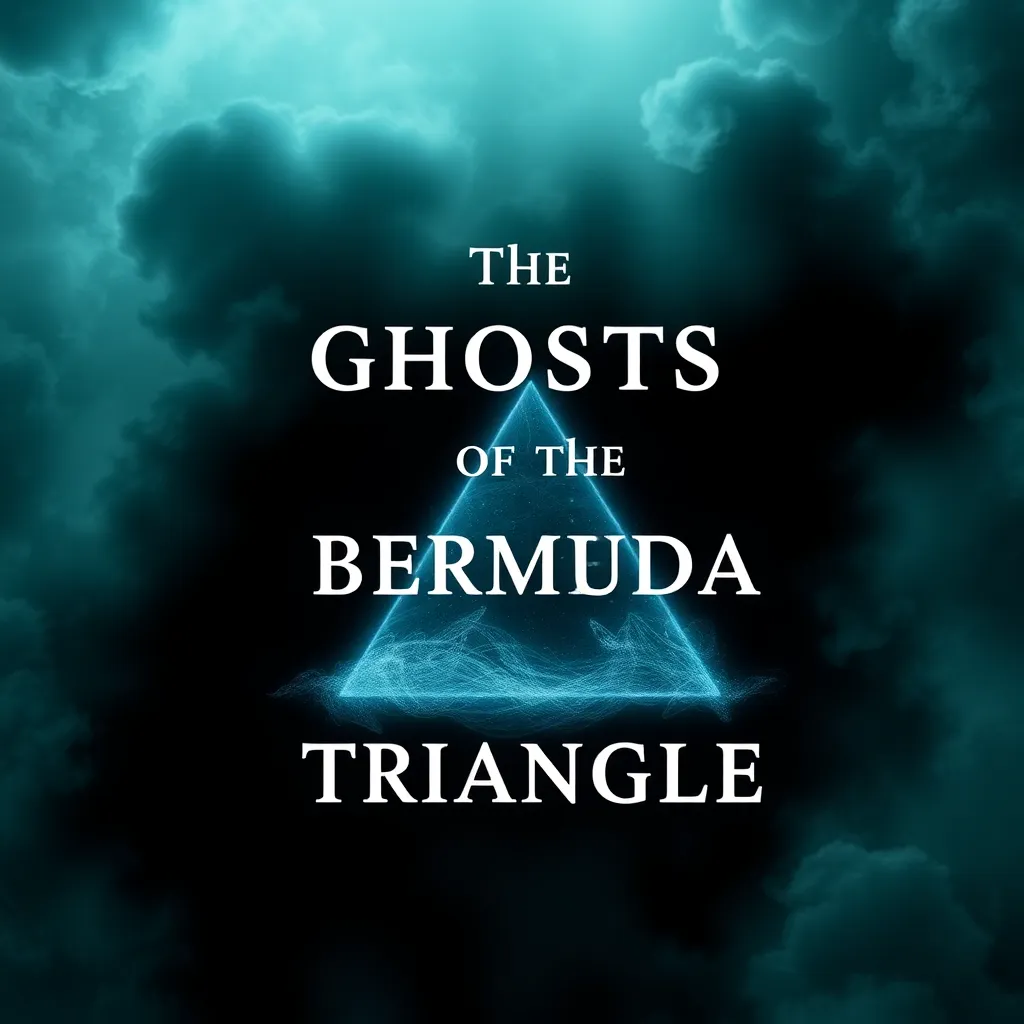The Lion-Headed Guardians: Exploring the Griffin in Greek Mythology
Introduction: The Legendary Griffin
In the realm of Greek mythology, where gods and monsters roamed the earth, a creature of extraordinary power and beauty held a prominent place: the griffin. This mythical beast, known for its majestic presence, enthralled the imaginations of ancient Greeks and has continued to captivate people for centuries. The griffin’s unique blend of lion and eagle features, along with its association with guardianship and protection, cemented its status as one of the most enduring and fascinating creatures in Greek mythology.
Mythological Origins: The Griffin’s Place in Greek Mythology
The griffin, a creature with a lion’s body and an eagle’s head and wings, first appeared in Greek mythology around the 7th century BC. Its origins are rooted in the ancient Greek belief that animals possessed divine power and were often associated with specific gods or goddesses. Griffins were often described as fierce and powerful creatures, and their presence was believed to bring both good fortune and danger. According to Greek mythology, griffons were said to guard treasures, protect sacred places, and even serve as mounts for gods and goddesses. In some myths, griffons were depicted as loyal companions to heroes, while in others, they were portrayed as formidable adversaries.
Physical Description: A Blend of Power and Majesty
The combination of the lion’s strength and ferocity with the eagle’s swiftness and keen eyesight made the griffin a formidable and awe-inspiring creature. Its powerful body was covered in golden feathers, and its sharp talons and beak were capable of inflicting deadly wounds. The griffin’s eyes, often described as piercing and intelligent, exuded an air of wisdom and authority. This combination of power and beauty made the griffin a fitting symbol of guardianship and protection.
Symbolism: The Griffin as Guardian and Protector
Griffons were often associated with the concept of guardianship and protection. In ancient Greek art and literature, they were frequently depicted guarding treasures, sacred places, and tombs. Their presence was believed to ward off evil and protect those who sought their favor. The griffin’s dual nature, combining the earthly strength of the lion with the celestial power of the eagle, made it a fitting symbol for the protection of both the physical and spiritual realms.
The Griffin’s Role in Greek Literature and Art
The griffin’s unique blend of power and beauty captivated the imaginations of ancient Greek poets and artists. It was a popular subject in Greek literature, appearing in works by Homer, Hesiod, and Ovid. The griffin’s presence in these works helped to solidify its place in the Greek pantheon of mythical creatures. In Greek art, the griffin was frequently depicted in sculptures, paintings, and pottery. These depictions, often featuring griffins guarding treasures, protecting sacred places, or serving as mounts for gods and goddesses, showcased the griffin’s enduring appeal and its rich symbolism in ancient Greek culture.
Theories on the Griffin’s Origin: Real-World Inspirations?
While the griffin is firmly rooted in mythology, some scholars believe that real-world observations might have contributed to its creation. One theory suggests that the griffin’s image could have been inspired by ancient travelers’ encounters with the Scythians, a nomadic people who lived in the steppes of Eurasia. The Scythians were known for their skilled horsemanship and their use of eagles as symbols of power. Additionally, they were known to have used gold in their jewelry and ornamentation, perhaps leading to the association of the griffin with wealth and treasure.
Another theory points to the discovery of fossilized remains of extinct creatures like the Protoceratops, a dinosaur with a beak-like mouth and a horned skull. The discovery of such fossils, especially those found in areas where the Scythians lived, might have sparked imaginations and contributed to the creation of the griffin myth.
Griffin in the Scythian Culture: A Possible Link
The Scythians, who are believed to have lived in the steppes north of the Black Sea, played a significant role in the development of the griffin myth. Their culture and symbols have many similarities to the griffin. The Scythians were known for their love of gold and their use of animal imagery in their art and artifacts. They also used griffin-like figures in their rituals and believed that these figures held protective powers.
The Scythian’s use of griffin imagery is evident in their art and metalwork. Artifacts discovered in Scythian tombs, such as the “Golden Griffin” from the Chertomlyk kurgan, demonstrate the significance of the griffin in Scythian culture. These artifacts suggest that the griffin was a revered symbol of power and guardianship.
The Scythian connection to the griffin myth is strengthened by the fact that both Greek and Scythian cultures had significant interactions, including trade and cultural exchange. Therefore, it’s plausible that the griffin myth might have originated from a combination of Greek and Scythian beliefs and stories.
The Griffin’s Evolution in Ancient Art and Literature
As the griffin myth evolved, its depiction in art and literature became increasingly sophisticated. In early Greek art, griffons were often portrayed as simple, somewhat cartoonish creatures. As time passed, the griffin’s image became more refined, incorporating elements of realism and anatomical accuracy.
The griffin’s role in literature also expanded. From being mere guardians of treasures, it eventually evolved into complex characters, representing different aspects of human nature. They were portrayed as fierce protectors, wise guardians, and even as messengers of the gods. The most famous literary depictions of the griffin include its appearances in works by Homer, Hesiod, and Apollonius of Rhodes.
The Griffin’s Evolution in Modern Culture: A Lasting Legacy
The griffin, a creature born from the imaginations of ancient Greeks, continues to hold a captivating place in modern culture. The griffin’s unique combination of power and majesty, along with its enduring symbolism, has made it a popular figure in contemporary art, literature, and film.
From the Harry Potter books to the fantastical worlds of Dungeons and Dragons, the griffin continues to be a source of inspiration for artists, writers, and game designers. Its image appears on everything from book covers to jewelry, and its symbolic meaning continues to resonate with audiences around the world.
Conclusion: The Griffin’s Enduring Appeal
The griffin, with its lion’s body, eagle’s head, and wings, is a captivating creature from Greek mythology. Its blend of strength, grace, and wisdom has made it a powerful symbol of guardianship and protection. The griffin’s enduring appeal is likely due to its multifaceted symbolism, its connection to powerful figures in mythology, and its presence in both ancient and modern art and literature.
Whether its origins are rooted in real-world inspiration or the boundless creativity of the human mind, the griffin’s legacy remains strong, inspiring awe and wonder in audiences across the centuries.
FAQ:
**Q: What is the main difference between a griffin and a sphinx?**
A: While both are mythical creatures with animal characteristics, a griffin is a combination of a lion and an eagle, while the sphinx usually has the body of a lion, wings of an eagle, and the head of a woman.
**Q: Was the griffin a good or bad creature in Greek mythology?**
A: The griffin’s portrayal varies depending on the myth. They were often seen as fierce guardians, sometimes hostile to humans, but also as loyal companions to gods and heroes.
**Q: Where can I find images of griffons?**
A: Griffons are frequently depicted in ancient Greek art, especially on artifacts from the Scythian period. You can also find them in modern art, literature, and even fantasy games like Dungeons and Dragons.



